Farmers have been growing crops in the soil for so long it is easy to believe that is the only option. The reality is that plants can grow without soil, and they often do better with their roots in water instead. The practice of growing without soil is called hydroponics, and it is already being used to produce foods like tomatoes. Hydroponic systems use only nutrients and water, which is all plants need to thrive. It is not difficult for growers to find suppliers who offer all the equipment needed to farm without soil. There are various methods of hydroponic farming, and growers use the techniques best suited to their crops and environments. Soilless cultivation provides eco-friendly benefits and can produce healthier plants and better yields.
1. Crops Use Less Water
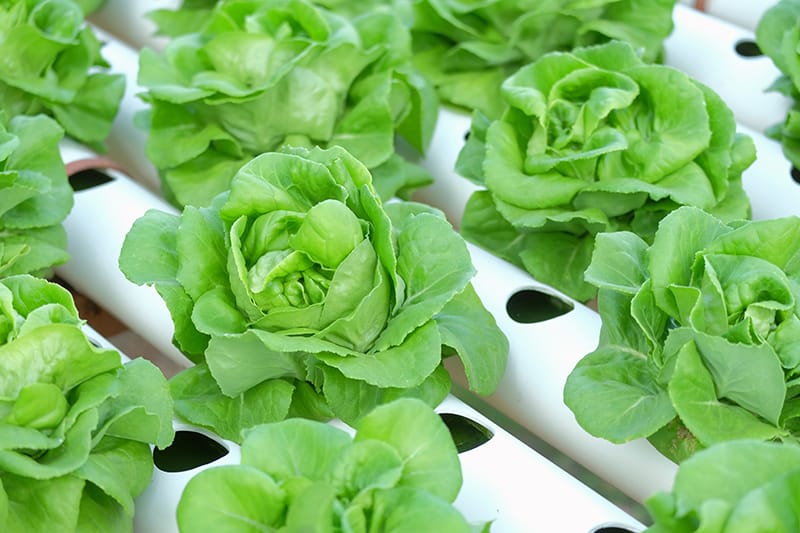
Traditional field farms account for 80% of U.S. water use. During the growing season, water rolls away, evaporates, and puddles. Much of it becomes unusable and is wasted. In contrast, a grower who farms without soil needs ten times less water, since hydroponic systems deliver water in a controlled way. Some systems recirculate water, which further reduces waste.
Growers often order the components of hydroponic systems at sites like agron.io, which features everything needed for soil-less farming. Producers can find the equipment needed to create growing environments with central nutrient or water banks that feed plants. Suppliers offer systems that circulate water and nutrients or feed plants directly.
2. Growers Need Less Space
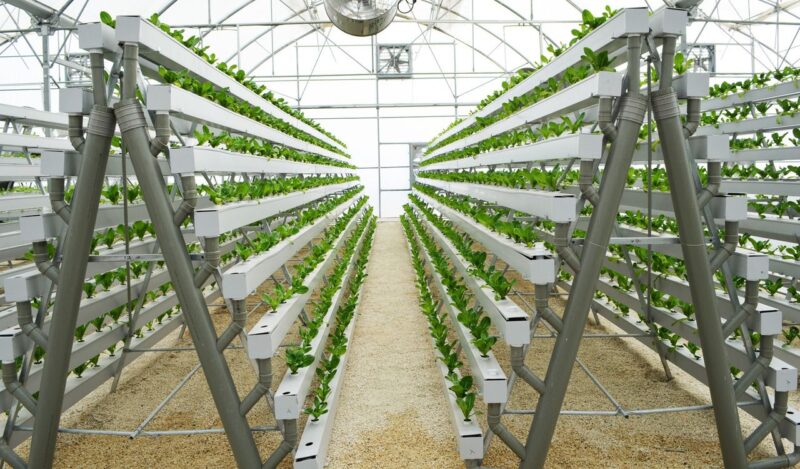
Hydroponics requires much less space than traditional farming. The standard farming method is to create evenly spaced rows of plants. This classic method uses up a lot of the planet’s suitable farmland. No matter how compactly grower’s plant, their crops take up fixed areas for entire growing periods. With that in mind, many commercial farmers are using hydroponics to conserve valuable soil.
Hydroponic growers can place plants as close together as possible without affecting their growth. Distributing nutrients through water is also more efficient than feeding through the soil. Studies show that commercial hydroponics requires 1/5 of the land needed for an equal number of plants cultivated on farmland.
3. Plants Grow Faster
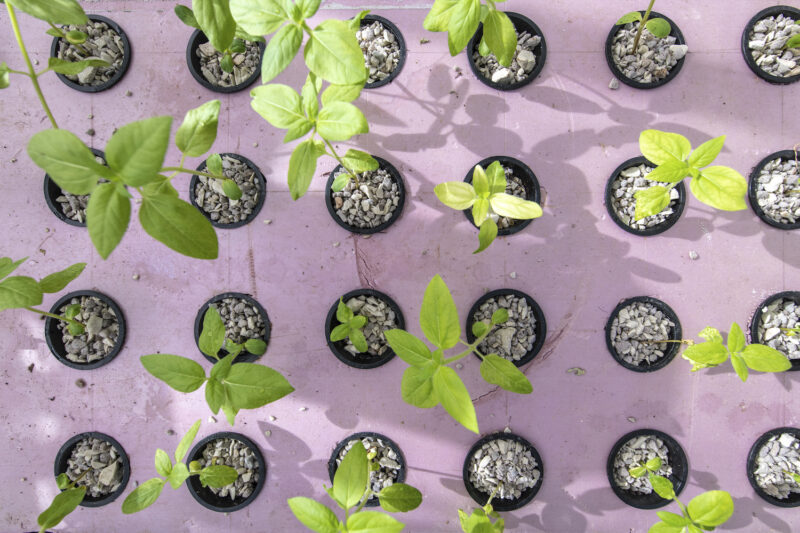
Hydroponic crops grow 30% to 50% faster than plants cultivated in soil. They grow faster because hydroponic systems ensure that each plant gets the perfect amount of nutrients. Cultivating plants indoors shields them from environmental stress, such as pests and weather. Growth is also accelerated because plants do not have to use energy to create the large root systems they need to get nutrition from the soil.
Some plants grow especially quickly in hydroponic systems. Spinach, lettuce, strawberries, herbs, radishes, kale, cucumbers, and bell peppers do very well. Summer squash, corn, zucchini, and vining plants are not the best choices. They can be grown in a hydroponic system, but it is not practical because they are not space-efficient. Plants will quickly dominate growing spaces.
4. Plant Yields Will Increase
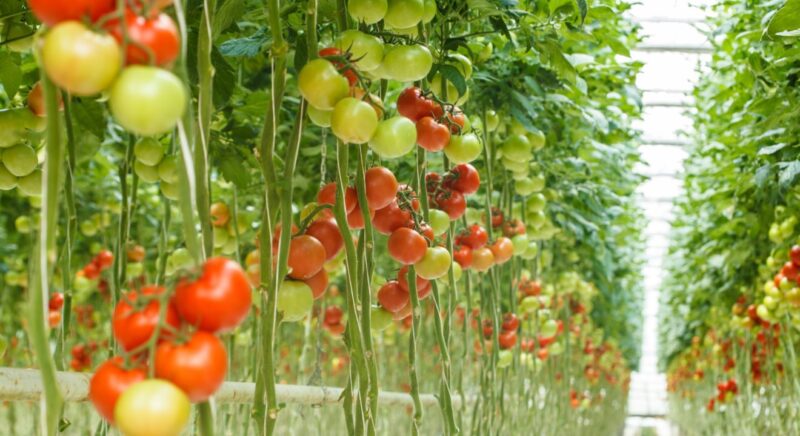
According to the National Park Service, growers can increase crop yields through hydroponic farming. Commercial growers are already using the systems to produce more fruits and vegetables. They can space plants more densely than farming on land, resulting in greater yields per square foot of space. Industry experts say that farmers who switch to hydroponics can increase harvests three to ten times using the same amount of space. Whether growers are cultivating home gardens or farming commercially, hydroponics will maximize harvests.
There is a misconception that hydroponics creates larger plants than growing in soil, but that is not always true. Each seed includes a unique genetic code that determines traits, including its ultimate size. Hydroponics will not turn a cherry tomato seed into a Roma tomato but will produce the biggest and most robust cherry tomato possible.
5. Growers Can Produce Healthier Plants
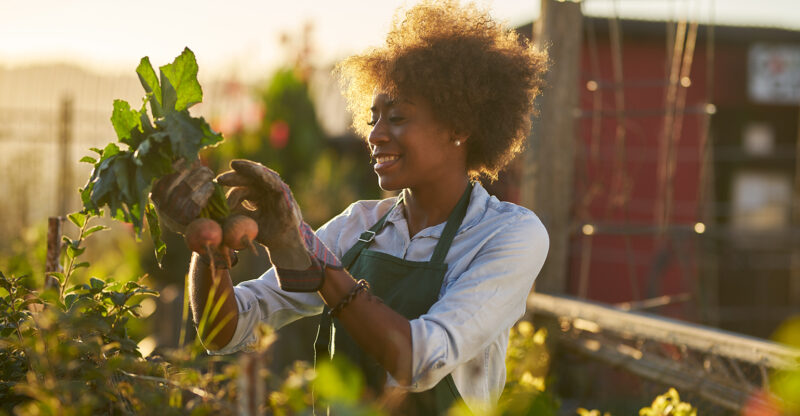
Many commercial growers are embracing hydroponics so they can provide more nutritious food. Using hydroponic systems results in plants that are healthier than those grown in soil. For one thing, the soil can be a breeding ground for diseases. In contrast, plants in soilless systems are fed a controlled, high-nutrient diet, making them more potent. Since farmers can grow in any weather, year-round, they may harvest more often, ensuring a steady supply of fresh fruits and vegetables. Per experts writing for Green Our Planet, reducing the amount of time between harvest and consuming foods increases nutritional values.
6. Growers Can Cultivate Plants Anywhere

Hydroponics makes it easier to provide locally grown products. Farmers can develop climate-controlled environments anywhere. As a result, they can farm in places where soil and weather conditions would make traditional cultivation methods impossible.
Farmers also have complete control over growing conditions, and many use greenhouses. That means they can create the ideal environment for plants to thrive. For example, growers may use artificial lights as a substitute for sunlight. Ideal temperatures and a steady diet of balanced nutrients also ensure crops thrive in any location and season.
7. Hydroponics Is Better for Soil and the Planet
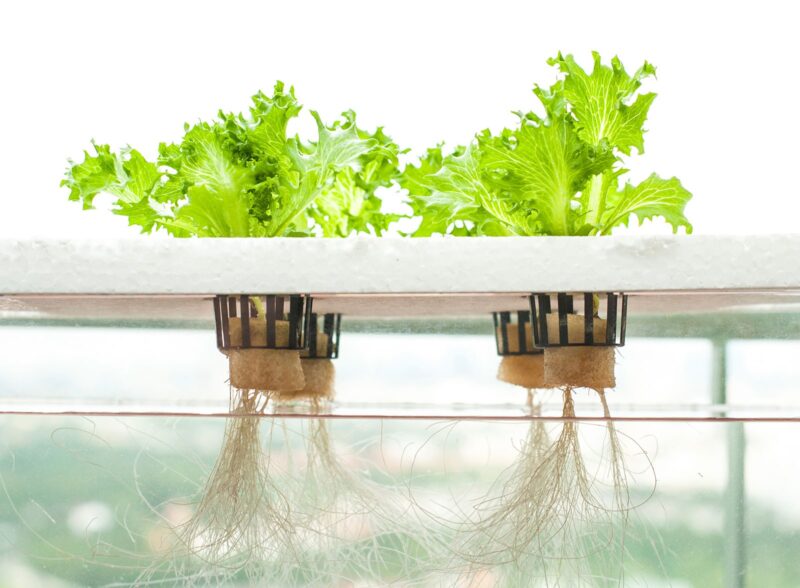
Traditional farming has eroded half of the Earth’s soil in the last 150 years. Growers have dramatically reduced the amount of arable land. That has led to the destruction of age-old forests so the land can be used for agricultural purposes.
Destroying forests reduces trees that are the planet’s “lungs.” Hydroponic growers produce substantial crops using a relatively small amount of land without causing soil erosion or any other environmental harm.
Because growing areas are flexible, farmers often use less fossil fuel to get products to market. Hydroponic growers can construct greenhouses close to their markets and distribution channels, which reduces the need for long-distance transport.
8. There Is a Reduced Need for Pesticides
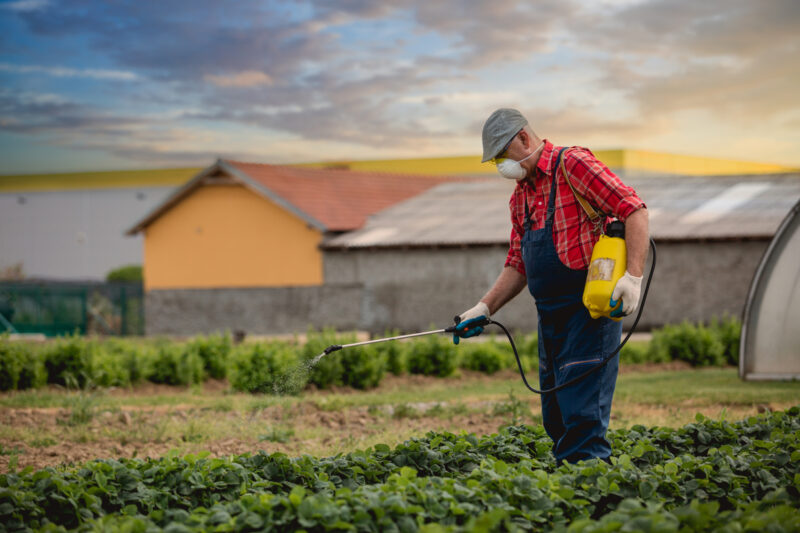
Conventional farming involves the use of herbicides and pesticides. Farmers spray herbicides to destroy unwanted plants.
Growers use pesticides to control pests that could damage plants. Unfortunately, both chemicals are harmful to the environment. When rain sweeps away these chemicals, they contaminate area ecosystems, and pesticides destroy animals as well as insects.
Hydroponic crops are cultivated in closed mediums that do not require herbicides because there are no weeds. Growers often use closed greenhouses, which they fortify to resist pests. Growers typically use few, if any, pesticides.
Hydroponics is a soilless method of growing that can produce larger yields than conventional farming. Plants are also healthier, grow faster, and require fewer chemical treatments. Hydroponic growing helps conserve land and water and makes it possible to cultivate crops year-round and in virtually any location.


